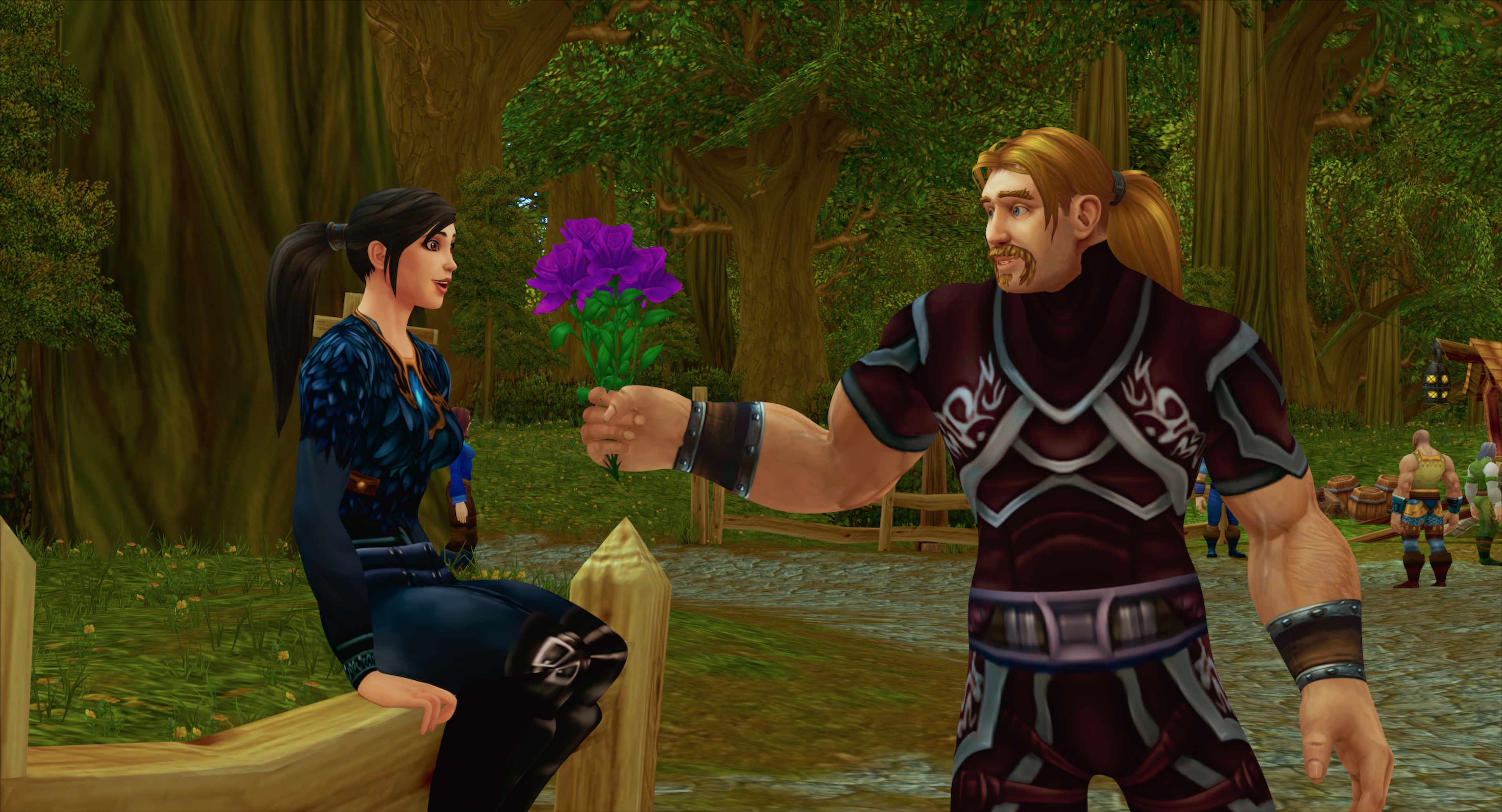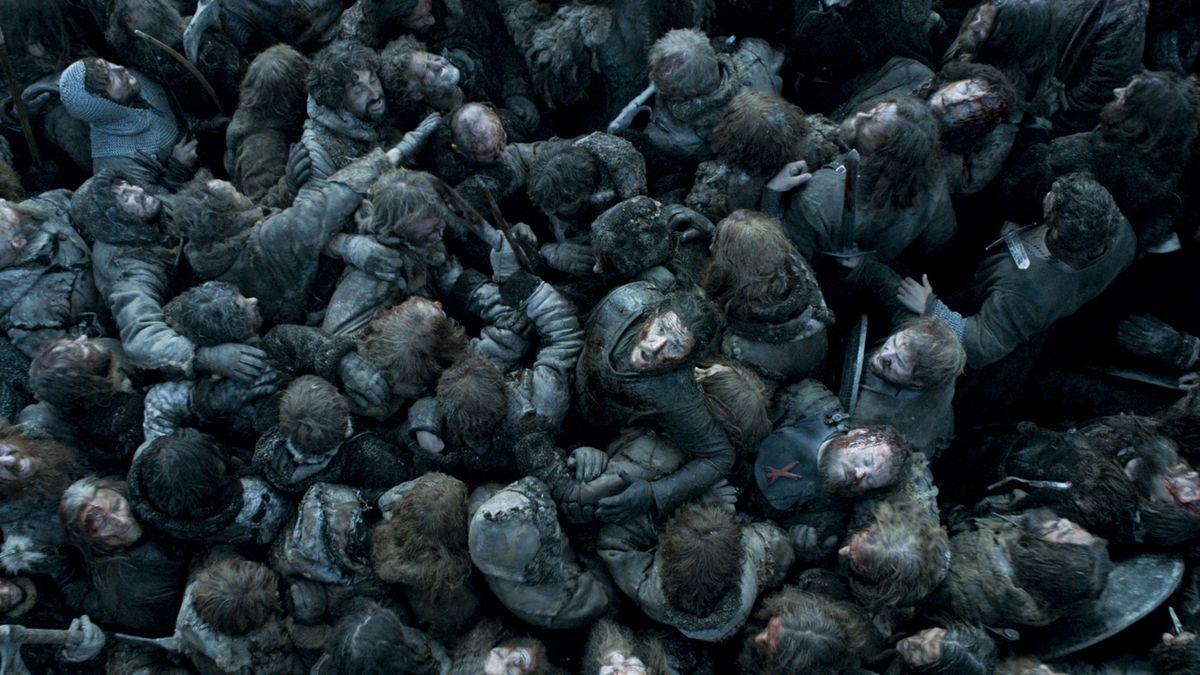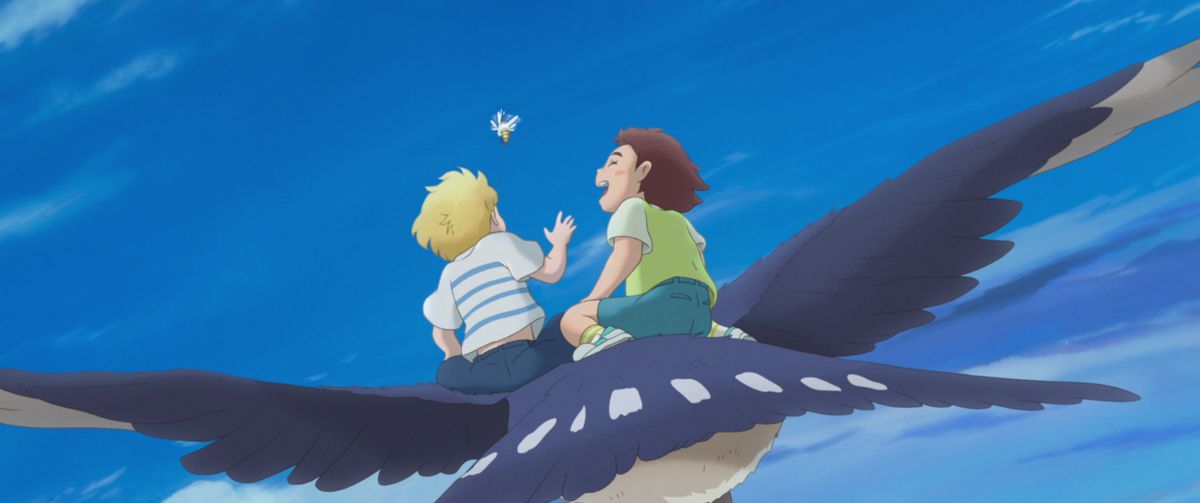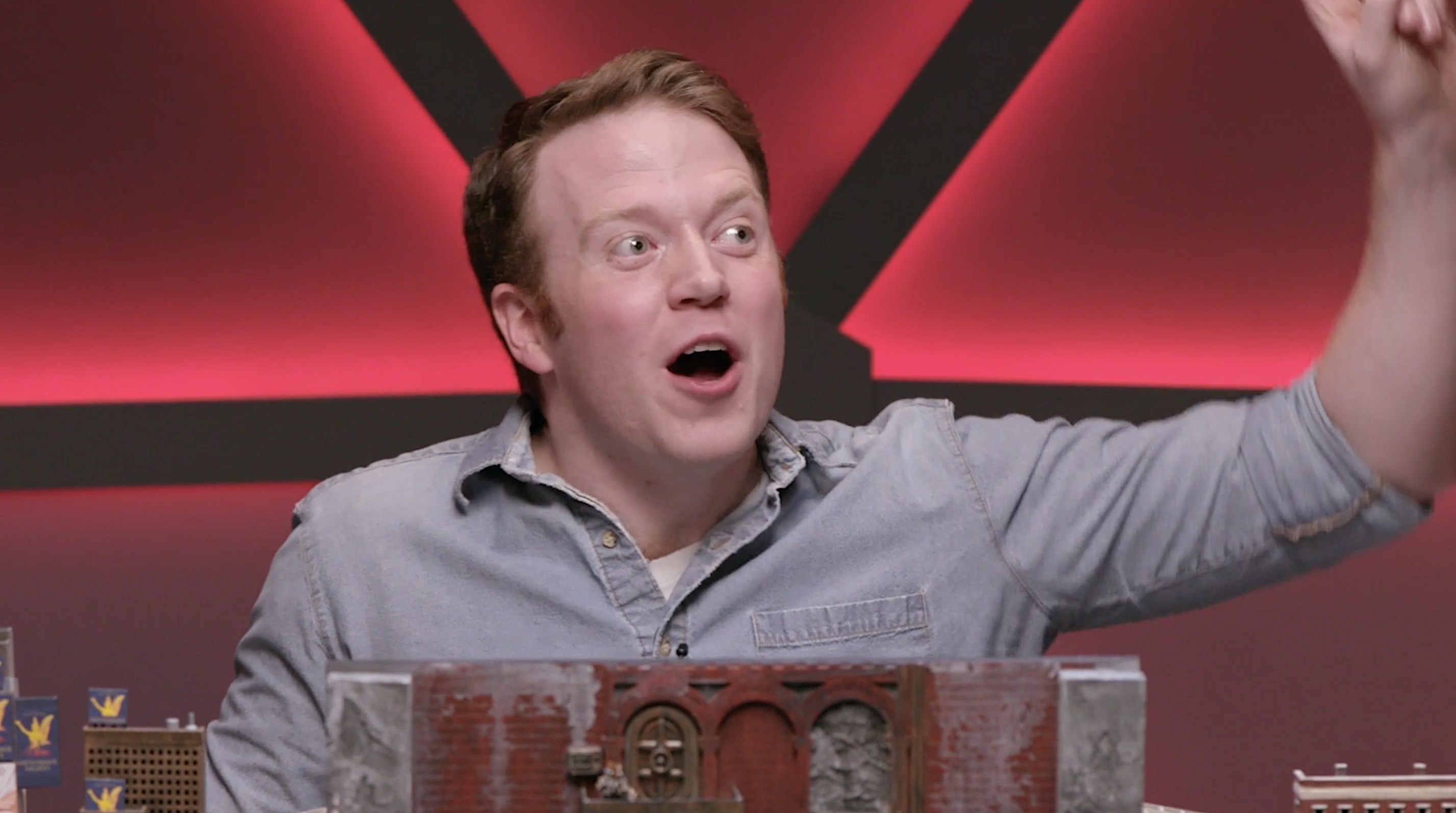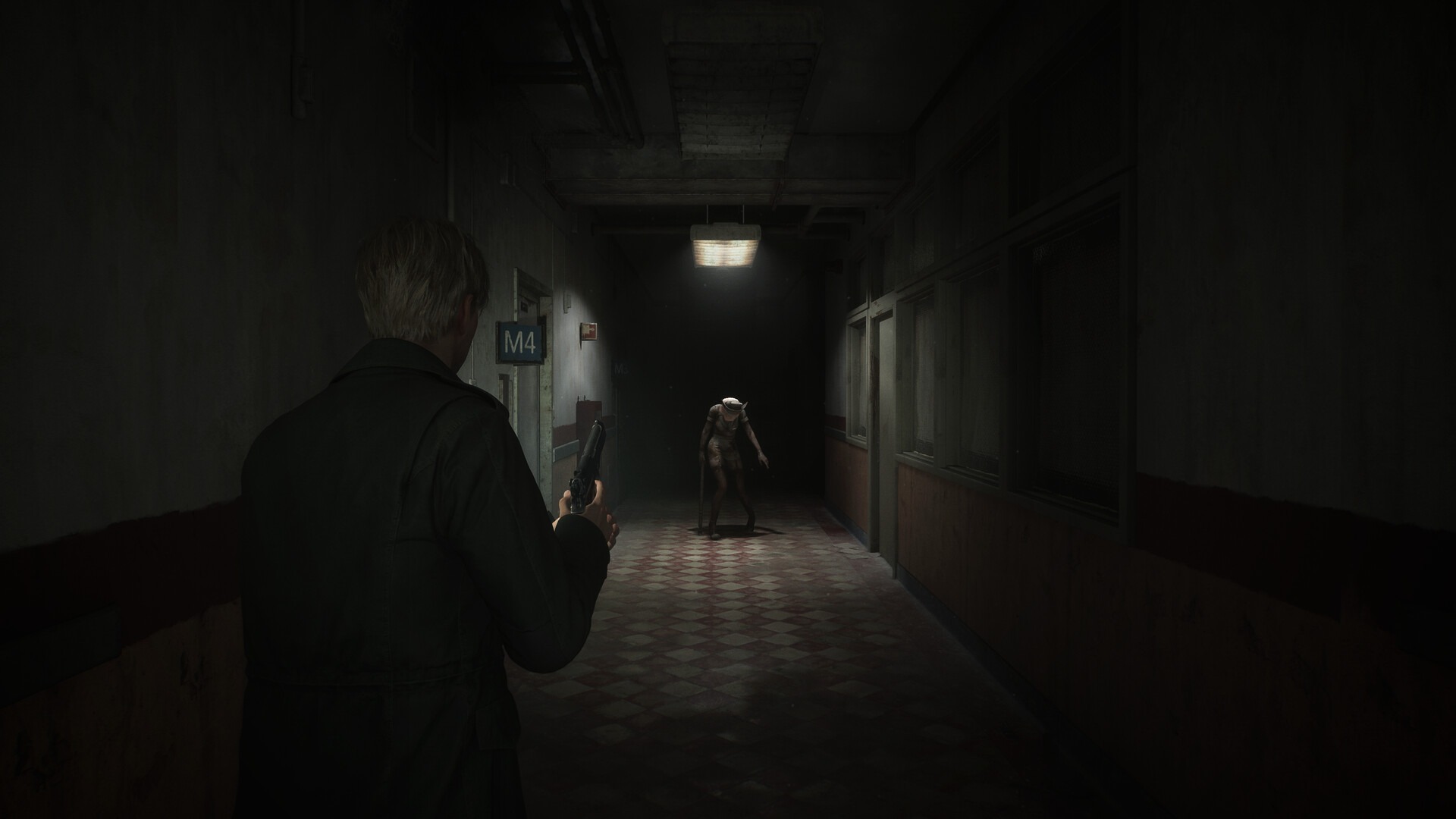Actual play has garnered an undeniably enthusiastic audience in the last few years. Shows like Critical Role and Dimension 20 attract millions of online viewers, and live events sell tens of thousands of tickets. Still, Hollywood has been slow to cash in on the rapidly developing medium — until now.
There are some significant barriers to entry in many forms of actual play that any major studio production seeking to enter the mainstream would have to overcome: the improvisational narrative, the audience time commitment, and the community dynamic.
Still, as Hollywood seeks new ways to engage media-saturated audiences, its inevitable embrace of actual play will transform a version of the primarily low-budget, creative-driven medium. It’s too soon to tell whether that transformation will help actual play more than it harms, but an upcoming experiment in the format may indicate what “Hollywood actual play” could look like.
“At a base pitch, to someone who makes television, the concept of actual play is insane,” said Ned Donovan, award-winning filmmaker and player/producer on Encounter Party. Once an independently produced podcast, Encounter Party will be among the first original programming for the new D&D Adventures free ad-supported streaming television channel, made in partnership with Wizards of the Coast and multinational production company Entertainment One.
Donovan and co-producer/Dungeon Master Brian David Judkins face a challenge being among the first actual play shows made for television — especially considering most people, let alone most producers, don’t even know what actual play is. “People can’t fathom actual play,” Donovan said. “It sits in the middle of so many art forms and it’s one step to the left of all of them.”
Actual plays are a lot of things. They’re part episodic drama, part long-form improv, part reality show, part game show, part esport, and part gambling. At its core, actual play is an artistic medium in which one or more people create an improvised story by playing a tabletop role-playing game, where a roll of the dice determines your fate.
“There’s a buy-in from the audience you don’t get from [scripted programs] when you leave it up to the element of chance,” said actual play scholar Dr. Em Friedman, who writes about the format regularly for Polygon and is also an English professor at Auburn University.
That buy-in is exactly the type of dedicated, engaged audience base that major studio producers in Hollywood crave. However, the methods of garnering these audiences aren’t easily replicated. And that’s the point.
Authenticity in actual play
:no_upscale()/cdn.vox-cdn.com/uploads/chorus_asset/file/24935218/IMG_4508.jpg)
“The core audience for actual play is so invested in authenticity,” said Friedman. Improvisational authenticity is so essential to actual play, fans have accused larger shows of scripting episodes — an accusation any high-budget actual play is also likely to receive.
Film and television executives are used to having the final say about every step of the creative process. For actual play to be made in the larger entertainment industry, producers are going to have to surrender more control than they may be comfortable with — or, more likely, they’re going to control what’s allowed to happen at the table. We see this already happening in Encounter Party.
As reported by Gizmodo’s Lin Codega, “Judkins would send along giant proposals for each episode, for the overarching plot, for the multi-season plan, to Wizards [of the Coast].” During these meetings, Donovan would leave the room to maintain his own authentic engagement with the narrative when it came time to record.
This is one of many examples of Hollywood adapting actual play into established precedents of successful semi-scripted media. In programming like game shows, professional wrestling, and reality TV, we can find a number of parallels to how major studios might manipulate the new medium of actual play.
Wizards senior communications manager Greg Tito speculated that actual play is enticing to corporations in “the same way reality television is. It’s unscripted. There’s no writer, for better or worse. It’s much more, Let’s put interesting people in a situation and see the drama develop. Really, it’s built in the editing.”
We can see this theoretical parallel come to life in Encounter Party’s editing. Encounter Party’s first season has 22 episodes, at 48 minutes each. According to Donovan, out of 67 hours of raw footage, nearly 80% was cut. This is a huge difference from shows like Critical Role, where every moment of gameplay remains in the final product. That level of editing brings into question the very concept of “actual play” — originally understood to be raw, uncut action from the table.
“Most of [what was cut] is us debating rules, moving minis,” said Donovan, who aided in the initial story cut for each episode. “Things that are integral to the actual play experience, but not integral to the audience experience.”
If audiences connect with the show, it would be a significant development of what is possible in the medium of actual play. Judkins acknowledged that spending multiple hours every Thursday night watching a specific group of people play Dungeons & Dragons is a community experience that many people crave — and it’s something Encounter Party inherently cannot provide.
Actual play and parasociality
:no_upscale()/cdn.vox-cdn.com/uploads/chorus_asset/file/22050660/178_Mars_9780593157435_lay_art_r1.jpg)
This connection to the personalities at the table is part of the appeal of actual play. We can see this in the rise of actual play celebrities, like Matt Mercer, Brennan Lee Mulligan, and Aabria Iyengar. It also serves a practical purpose for the niche medium — by giving audience members new to actual play an access point.
“[It’s] historically the way you get around the fact it’s kind of inherently silly to sit down and watch people play a game, right?” said Friedman, who also alluded to reality TV in her explanation of the appeal of actual play. “It’s a little bit weird. And it’s more than a little bit niche. And you get over that hump by having that moment of connection with the players. Or at least, that’s the vast majority of actual plays that have succeeded.”
Few, if any, of those successful shows have been produced by a major studio. Friedman noted that in actual play’s 15-year history, “experiments have been done before to make it full-on Hollywood.” These include a wide range of actual play styles, like HyperPRG’s Kollok (made in partnership with AMC), Wizards’ own Rivals of Waterdeep, and Dan Harmon’s HarmonQuest.
Less successful attempts at corporate-backed actual play come from failed attempts to map executive-level understanding onto a grassroots-driven medium. “Corporate micromanaging is really hard on actual play,” Friedman explained. “The pleasures of actual play are things corporations don’t understand.”
Many previous productions with high-profile performers, like CelebriD&D, focused on the one-off spectacle of watching someone with social power play D&D — a game traditionally associated with those who have none — rather than crafting powerful performances or connecting with audiences over a campaign.
This is where Encounter Party is hoping to set a new example both in Hollywood and in actual play. While Encounter Party has a few recognizable names in the cast, like The Walking Dead’s Khary Payton, its primary focus is on narrative over all else. “This is a show about six characters going on a fantasy fiction adventure told through the medium of Dungeons & Dragons,” said Judkins about prioritizing story over personality. “It’s just the format in which the story is delivered.”
Regarding this experiment of decentering personality in actual play, Friedman said, “What will be curious is if we ever see an audience that’s interested in this beyond parasociality/authenticity. I don’t know. Ned Donovan is probably the first person to make the argument [that] you can get rid of parasociality. And he’s betting a lot on that idea.”
Finding a new audience in actual play
:no_upscale()/cdn.vox-cdn.com/uploads/chorus_asset/file/25010022/EncounterParty_SarahBabe_DavidLeeHuynh2.jpg)
Until now, parasociality has been so important to actual play because the medium’s format requires that level of engagement to stay invested over an incredibly long time period. Most actual plays have two-to-four-hour episodes, and full series run dozens (sometimes hundreds) of installments.
Though there are legacy media examples of long-running programs, like soap operas, the duration of a single episode, let alone a campaign, is enough to deter potential audience members — not to mention producers.
“You have to capture a new audience,” said Friedman. For many would-be actual play fans, that time investment is a hard sell. For those who are already watching, many (if not most) are actual-play-saturated. “From survey data about actual play audiences,” Friedman said, “[we know that] there’s really only capacity for somebody to keep up with four or fewer [actual plays] across a week or month.”
That attempt to develop a new audience with shorter, TV-episode-length installments was central to Encounter Party’s pitch to Hollywood. “We made an actual play show that is entirely consumable by non-TTRPG [audiences], and that was on purpose,” Donovan said. “Critical Role has this massive, awesome fan base, but that fan base is like 0.5% of the television viewing audience of America. Our pitch was, can we get the other 99.5% to care?”
The initial Encounter Party! podcast met this uninitiated audience where they were: in the fiction category. “I think somewhere around 38% of our listeners don’t play Dungeons & Dragons,” Judkins said.
If successful, we will almost certainly see more shows — most likely those with higher budgets — moving in this shorter-form direction to expand their own audiences. Rather than trying to influence the direction of the medium, Donovan’s hope is that their show will “help bring people to the art form and be short enough they’ll go watch other examples.” As an indie creator and head of the audio fiction awards at the New Jersey Web Fest, Donovan said growing the overall actual play community is his goal. “If we can expand the audience that consumes actual play by any significant margin, then I think you will start to see Hollywood take note.”
Actual play’s the bottom line
:no_upscale()/cdn.vox-cdn.com/uploads/chorus_asset/file/24293677/VXMA_S2_FG_202_00042505_Still142.jpg)
That untapped audience only becomes more appealing as the evidence for the buying power of actual play fans stacks up. When the Critical Role team launched a Kickstarter to turn their first actual play campaign into an animated series, they raised over $11 million.
“The Legend of Vox Machina [campaign] showed you can make money on a writers room and then monetize the thing they wrote, which has never been true in the art form before,” said Donovan. “Television has to spend a lot of money on a writers room and then see if it works. Actual play allows you to make money on day one.”
A potential double return could be a major drive toward Hollywood adoption of actual play, especially considering the form’s historically low cost of production. With actual play, the game master acts as a pseudo-writers room, with the true writing happening in real time as the game is played. This will be interesting to watch, with the WGA strike having ended and writers rooms gaining more protections — and therefore becoming more expensive. “I don’t know this offhand because I don’t produce television exclusively,” said Donovan. “I’m pretty sure, on a per episode cost, Encounter Party is one of the cheapest fiction television shows ever made.”
Even at a higher level, this low cost of production is primarily due to the many hats actual play performers wear. At minimum, actual play performers are actors, writers, and sometimes producers. In lower-budget productions, they’re also marketers, set designers, community managers, editors, and so on. With actual play’s adoption into the larger entertainment industry, it is undeniably a good thing for the labor of producing an actual play to be fairly compensated and to be divided throughout a team. Higher-profile productions like Dimension 20 have crews of over 60 people — which is still a small number for a high-budget TV or film set.
It’s important to note the cast of Encounter Party is reinforcing a labor precedent for actual play as well. The cast of Encounter Party is working under a non-dramatic New Media Agreement, “which backs into the Network Television Code,” according to a statement from the Encounter Party team on social media. Importantly, it is not encompassed by the ongoing SAG-AFTRA strike.
“We played a safe, union-regulated workday,” said Judkins about treating the production like a TV show rather than a recorded game. “I think Encounter Party is gonna open a lot of doors. I think we can show people with this type of entertainment, if we walk in from the television door, instead of walking in through the gaming door, you’re going to get something different.”
The future of actual play
:no_upscale()/cdn.vox-cdn.com/uploads/chorus_asset/file/25010104/EncounterParty_DavidLeeHunyh_BrianDavidJudkins1.jpg)
This current point in actual play’s development follows the same evolution of any new medium, as even the term “actual play” is still solidifying under our feet.
“If we think about history, any new media form is gonna speedrun the old patterns,” said Friedman. “But patterns tend to stay true: A form is a set of experiments drawing from other preexisting forms. In the history of the novel, no one was calling it that for decades. They were saying, ‘I’m creating this fictional travel narrative.’ It was blurriness of fact and fiction. It isn’t until the form matures that people start to realize there’s something different and distinct.”
Importantly, Encounter Party is not the first to try and advance the form. A number of productions in various styles are experimenting with the medium, like Nameless Domain’s Gudiya, Many Sided Media’s My First Dungeon, Queen’s Court Games’ The All Night Society, and Fortunate Horse’s Worlds Beyond Number.
When asked if mainstream acceptance of actual play is something fans should desire, Friedman acknowledged, “With every increase of audience and budgetary scale, there is obviously very clear and visible gains in terms of commercial, but there is loss. One of the appeals of actual play is its ability to speak more specifically to particular audiences. And historically, those audiences have been extremely queer.”
That was not always the case, as Friedman went on to explain the hegemony of early actual play. “Some of those early attempts and the things people remember are all white dudes. That’s where the form was when it was trying to make a play for Hollywood. That’s HarmonQuest. That’s the first Acquisitions Incorporated TV series. Name an early attempt at making a mainstream actual play, and it is the story of a bunch of white, middle-aged guys.”
Friedman went on to explain the fear around actual play going Hollywood if producers “take this thriving, if underfunded, medium and push it aggressively mainstream, it’s gonna go back to being majority or exclusively white, cis, straight, etc.”
Hopefully, instead of cannibalizing the medium, mainstream success will uplift everyone. “We come back to the novel example, right?” Friedman said. “There are literary novels. There are blockbuster novels. And then there’s an enormous world of sustainable fiction in different genres. That’s what I want for actual play.”
Much like Donovan’s goals, Friedman’s hope for the mainstream adoption of actual play “isn’t about making everything into Hollywood. It’s about improving discoverability.” Friedman referenced tools like Series Seeker, which catalogs over 450 actual plays, as integral to these efforts. “I think every encounter with an actual play is a love story. It’s the story of someone falling in love with a story or with the people who are telling it, or probably both.”
This maturing period within the life cycle of the medium will be a defining moment. The Encounter Party experiment will determine whether Hollywood finally understands actual play as a viable medium with a large, diverse array of stories to tell — or if it will try to drain it of everything that makes it special.
